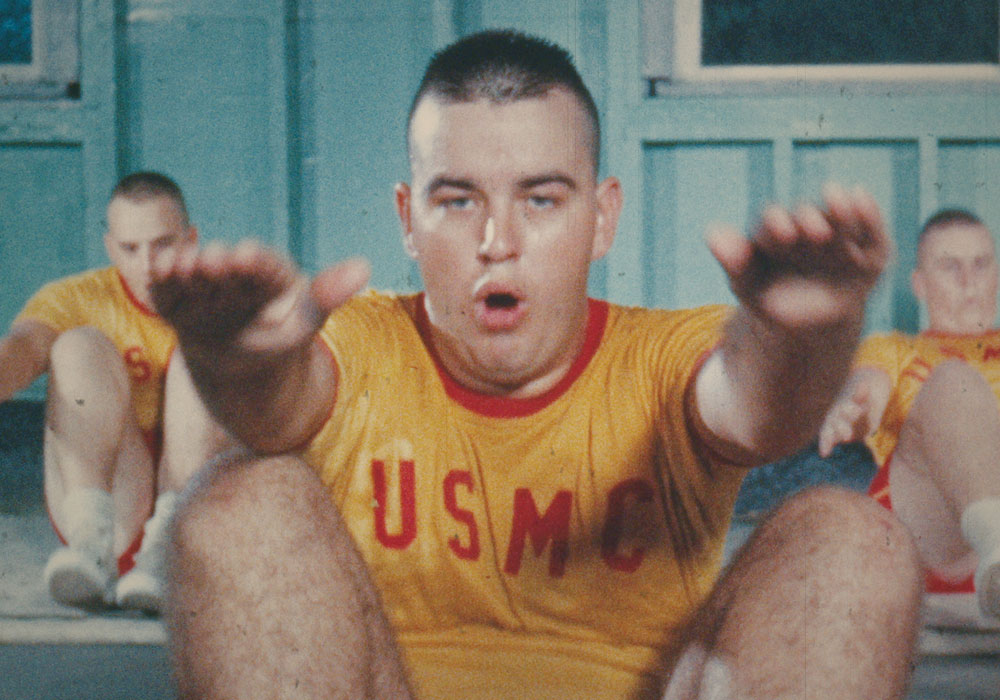University of South Carolina Libraries took something of a leap of faith when it partnered with the Marine Corps on a massive project to digitize 19,000 cans of film, documenting the operational history of the Corps throughout the 20th century.
“We believed that the community of South Carolina, with its deep commitment to military culture and the preservation of military history — and particularly the place of the Marine Corps in the state — would get behind this,” said Greg Wilsbacher, the curator of newsfilm and military collections at the University Libraries’ Moving Image Research Collection.
That’s exactly what happened. Thanks to donors Richard and Novelle Smith of Columbia, the effort to catalogue, store and digitize more than 2,000 hours of film received a significant boost.
The couple’s contributions were made to honor the memories of Novelle Smith’s cousins, Lt. Col. James H. Davis and John S. Davis, who were brothers, USC alumni and proud Marines. The initial gifts were used to construct the Lt. Col. James H. Davis Film Vault, which provides optimal climate and environmental control where films can be preserved, and the John S. Davis Scanning Center, which allows the university to convert archival film into high resolution digital video that can be shared online.
The latest gift from the Smiths covered the purchase of two state-of-the-art Lasergraphics ScanStation film scanners along with three additional years of maintenance support, allowing the university four years of worry-free scanning for the Marine Corps Film Repository.
“We believed that the community of South Carolina, with its deep commitment to military culture and the preservation of military history — and particularly the place of the Marine Corps in the state — would get behind this.”
The new scanners have helped speed the digitization of the film. In the 10 months since installation, the project’s two scanning technicians have digitized more than 4,500 reels of film — almost the same quantity as had been scanned in two years with the original scanners, Wilsbacher says.
The project covers film shot by Marine Corps photographers, including footage from World War I, World War II, the Korean War and the Vietnam War, along with peacetime films of training, testing and public relations activities. So far, more than 3,000 reels, which have been researched, cataloged and digitized, are available online, and the site allows people to contribute information about the films, including the ability to identify locations or individual Marines.
“This project would not be a success without the Smiths; it couldn’t have happened without them,” Wilsbacher says. “And so I remain deeply grateful to the faith they had in the University of South Carolina and in the libraries to carry this out.”

